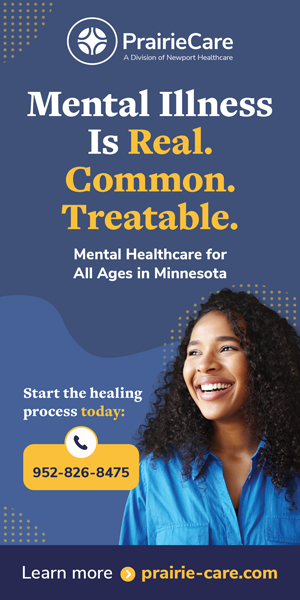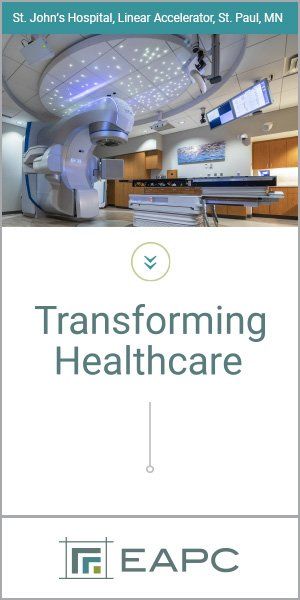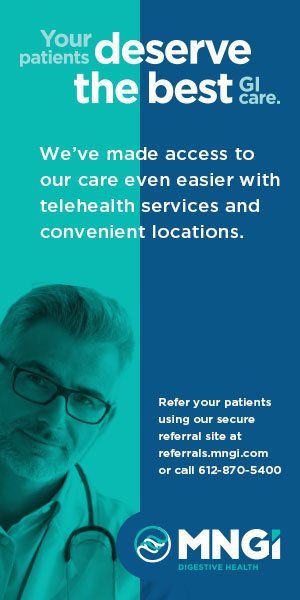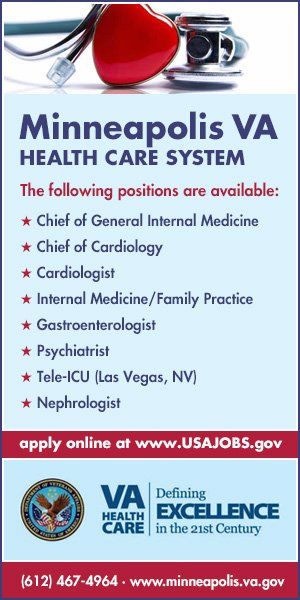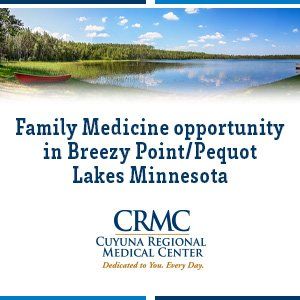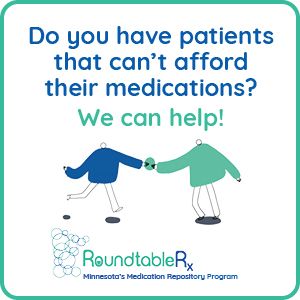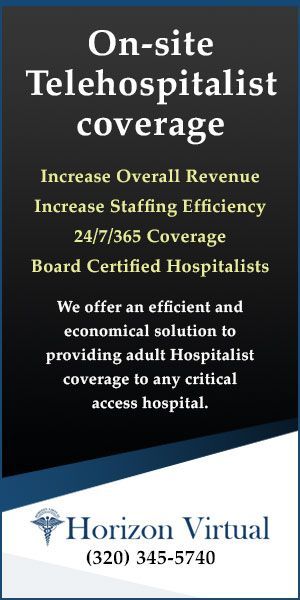he passage by Congress of HR1, also known as the One Big Beautiful Bill Act (OBBBA), in July 2025, included the establishment of the Rural Health Transformation Fund (RHTF). The RHTF was added late in the legislative process in recognition of how disproportionally rural areas of the United States were going to be affected by changes to Medicaid that will reduce reimbursement and coverage. KFF (formerly the Kaiser Family Foundation) projects that Medicaid spending will be reduced by $137 billion in rural areas over the next 10 years, and the Congressional Budget Office predicts that the number of uninsured people in the country will increase by 10 million in that same time period.
Cover Two
The Rural Health Transformation Fund
Creating a sustainable way forward
BY Jennifer Lundblad, PhD, Karla Weng, MPH, AND Sarah Brinkman, MBA, MA
The RHTF is a 5-year, $50 billion investment in rural health. The Centers for Medicare & Medicaid (CMS) is administering the program. Half of the funds, called Baseline Funding, will be divided equally among states deemed eligible based on their applications. The other half of the funds, called Workload Funding, will be allocated to states based on an algorithm that factors in data-driven metrics, initiative-based scoring and state policy actions. There are five strategic goals of the RHTF:
The federal government shutdown is not affecting the RHTF.
Make rural America healthy again: Support rural health innovations and new access points to promote preventive health and address root causes of diseases.
Sustainable access: Help rural providers become long-term access points for care by improving efficiency and sustainability.
Workforce development: Attract and retain a highly skilled health care workforce by strengthening recruitment and retention of health care providers in rural communities.
Innovative care: Spark the growth of innovative care models to improve health outcomes, coordinate care and promote flexible care arrangements.
Tech innovation: Foster use of innovative technologies that promote efficient care delivery, data security and access to digital health tools by rural facilities, providers and patients.
All 50 states are eligible to apply for the funds. The governor’s office in each state is the eligible applicant and can designate a state agency lead for their state. The Notice of Funding Opportunity (NOFO) was released on September 15 and applications are due on November 5. States must specify and describe at least three areas of focus from among a set of options:
- Promoting evidence-based, measurable interventions to improve prevention and chronic disease management.
- Providing payments to health care providers for the provision of health care items or services, as specified by the administrator (with limitations).
- Promoting consumer-facing, technology-driven solutions for the prevention and management of chronic diseases.
- Providing training and technical assistance for the development and adoption of technology-enabled solutions that improve care delivery in rural hospitals, including remote monitoring, robotics, artificial intelligence and other advanced technologies.
- Recruiting and retaining clinical workforce talent to rural areas, with commitments to serve rural communities for a minimum of five years.
- Providing technical assistance, software and hardware for significant information technology advances designed to improve efficiency, enhance cybersecurity capability development and improve patient health outcomes.
- Assisting rural communities to right size their health care delivery systems by identifying needed preventive, ambulatory, pre-hospital, emergency, acute inpatient care, outpatient care and post-acute care service lines.
- Supporting access to opioid use disorder treatment services, other substance use disorder treatment services and mental health services.
- Developing projects that support innovative models of care that include value-based care arrangements and alternative payment models, as appropriate.
- Additional uses designed to promote sustainable access to high quality rural health care services, as determined by the administrator.
Response from States
All states are expected to apply, and information about state-level efforts is available on line at Tracking State Preparation for the Rural Health Transformation Program, a resource made available the Robert Wood Johnson Foundation. All but two states have sought public input and ideas from health care organizations, partners and other constituents, through listening sessions and/or Request
The RHTF is the dominant topic during recent national rural health conferences and meetings where we have presented or attended. After the NOFO was released in September, the RHTF consumed most conference agendas and conversations. Many states and rural health leaders are viewing this as the most important rural health opportunity in decades, despite its limited potential to be a stop-gap solution for deep cuts in health care that will adversely affect individuals on Medicaid and create severe crises for health systems to operate.
The federal government shutdown is not affecting the RHTF. CMS is fully staffed for this effort and has been responding to questions and providing guidance. External reviewers from around the country have been recruited and are in place for application reviews to occur in November. This investment and commitment by the U.S. government to implement the RHTP on schedule while the shutdown persists speaks to how critical this program is viewed across political party lines.
Minnesota’s Approach
Governor Walz has designated the Minnesota Department of Health (MDH) to be in the lead role for Minnesota, working in a cross-agency collaborative approach. MDH gathered input and ideas via a Request for Information (RFI) process that closed in late September. MDH introduced and described its input process as follows:
Minnesota is seeking ideas to transform rural health and strengthen rural health care delivery. Identified focus areas include emergency services, primary care, care for people with complex and chronic conditions, mental and behavioral health care, maternal health care and other at-risk services or unmet needs. We are particularly interested in ideas that support sustainability of critical at-risk services through implementation or expansion of effective and innovative care delivery models, workforce recruitment and retention strategies and establishment or expansion of technology-driven solutions that expand access to prevention services and care. We welcome input from all voices and perspectives. If you care about rural health or have ideas about how to improve health and health care in rural areas, we want to hear from you.
The RHTF does not come close to offsetting the impact of cuts to Medicaid.
Responders to the MDH RFI were asked first to describe the greatest needs in rural health care delivery in Minnesota and then to offer specific ideas in one or more of four topic areas, including suggested partners, implementation timeframes and the impact of work in this area. The areas in which ideas were sought were:
- Evidence-based interventions to address disease prevention, chronic disease management, behavioral health and maternal care.
- Innovative health care delivery and payment models to improve health outcomes, promote community-based models or regional collaboration among providers, and/or incentivize providers to improve quality and reduce costs.
- Strategies to recruit and retain health care providers in rural areas.
- Use of technology solutions to promote efficient care delivery, improve data security, and/or maintain and increase access to care for rural residents.
Public comments made by MDH leaders indicate there was a significant response to the RFI from more than 300 individuals and organizations across the state. Minnesota is moving forward guided by the RFI responses, and there is an MDH RHTF website: Rural Health Transformation Plan — MN Dept. of Health.
Our Perspective on RHTF
Improving rural health has been an organizational priority for Stratis Health for more than 25 years. We are a recognized leader in our home state of Minnesota, as well as nationally, and draw upon a large breadth and depth of rural health transformation experience. We are partners to the MDH Office of Rural Health and Primary Care (as well as other state offices of rural health around the country) in supporting rural health care improvement initiatives and programs. We co-lead the Rural Health Value program and coached transformation planning for hospitals participating in the Pennsylvania Rural Health Model, and we supported state Medicaid agencies participation in the Innovation Accelerator Program.
As the RHTF has rapidly unfolded since July, Stratis Health has been active both nationally and locally. We are part of the Rural Health Transformation Hub, co-led by the National Organization of State Offices of Rural Health, National Governors Association and Association of State and Territorial Health Offices. This is a resource to support states by providing technical assistance in writing their Rural Health Transformation Plans with rural-specific data, evidence-based or promising practices, and existing frameworks.
In July, we began co-convening Minnesota safety net health care partners in response the passage of the OBBBA. This group cares deeply about the health and care of our state’s most vulnerable populations and communities. Our operating premise is that working together across safety net care delivery — community health centers, community mental health programs and rural and critical access hospitals — will best serve Minnesotans. Our goal is to be a ready resource to the state to help Minnesota plan and prepare, working in a collective spirit and in an environment of increasingly scarce resources to provide care and services as humanely and equitably as possible. Put plainly, the group aims to ensure scarce dollars are applied and squeezed to do the most good for the most vulnerable in Minnesota. Because the partners in this group are entrenched in the communities they serve, they bring credible and timely insights to the complex situation that is unfolding. In addition to Stratis Health, the group includes the Minnesota Association of Community Health Centers, Minnesota Association of Community Mental Health Programs, Minnesota Community Care, Minnesota Hospital Association and Minnesota Rural Health Association.
Stratis Health submitted a response to the MDH RFI, bringing forward our ideas and experience in each of the areas, for example, rural practice workflow efficiency, care for opioid use disorder, community-based palliative care for serious illness and approaches for social needs resource referrals. We are an expert resource and strategic advisor to states in RHTF planning and look forward to serving as a partner and resource to states and health care organizations in RHTF implementation.
The RHTF does not come close to offsetting the impact of cuts to Medicaid – the $50 billion RHTF in aggregate represents just over one third of the estimated loss of federal Medicaid funding in rural areas. And yet, in our view, the RHTF is a catalytic opportunity for states to plan for infrastructure and services in anticipation of significant cuts to Medicaid, which will have an outsized adverse effect on access and coverage for rural residents and payments to rural health care organizations. The five-year funding lifecycle of the RHTF is planned to start in January 2026, while the various Medicaid payment and eligibility changes are phased in over the next two years, giving a critical short runway for state planning and preparation.
To be clear, the RHTF is not where physicians and health systems can turn for additional reimbursement for care delivery or widespread investments in EHR upgrades, nor is it an offset for impending Medicaid cuts. The RHTF is an opportunity to invest in transformative models and services that create a sustainable way forward to support rural health.
Jennifer Lundblad, PhD, is the president and CEO.
Karla Weng, MPH, is the director of program management.
Sarah Brinkman, MBA, MA, is senior program manager.
MORE STORIES IN THIS ISSUE
cover story one
The Rise of Health Misinformation and Disinformation: Recognizing the Truth
By Robin Austin, PhD, DNP, RN, DC, AND Katheren Koehn, MA, RN
cover story two
The Rural Health Transformation Fund: Creating a sustainable way forward




















